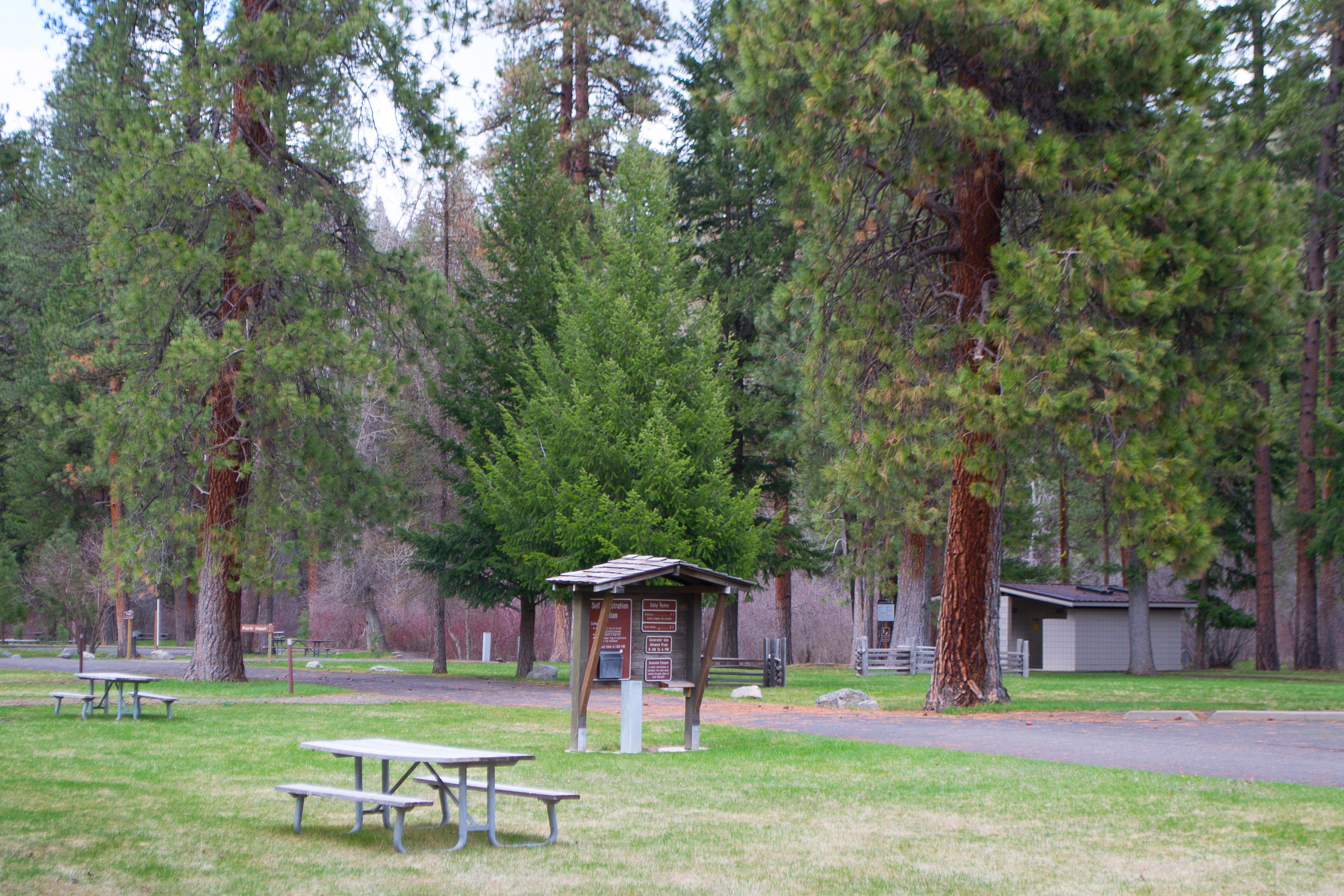Historical Place Description
Canada’s Forks National Historic Site of Canada. This area is located in Winnipeg, Manitoba. It includes areas known as South Point and North Point. They are on opposite sides of Assiniboine Rivers on the West Bank of Red River. It was an important river crossing that served as a transport point over many centuries. The Forks, a mix-use area that integrates green space, recreational areas and parking, is now a result of the development of ex-Canadian National rail yards.

Heritage Value
Because it is strategically situated at the junction of the Red River and Assiniboine, The Forks has been witness to many of the most important events in western Canadian history. The heritage value of The Forks lies in the millennia of human activity to which its cultural landscape bears witness. Its heritage value lies in its geographic location, its evidence and commemoration, as well as its strategic influence on the development surrounding it.
The Forks has served as a trading and meeting spot, fishing station, settlement and trading location for approximately six thousand year. Both the Red and the Assinboine rivers have historically been major transportation corridors in western Canada. Over time, the rivers have meandered and their courses have shifted. The Forks has witnessed significant activity during the two most recent periods. It was used between 7600 BC and 3000 BC, which is 5600 BC to 1000 BC. The Forks also saw substantial use from 1500 AD to 2000 AD. It has long been the area that transitioned between the prairies’ and woods. As such, it was used by a number of First Nations, including Algonquins from Minnesota, Minnesota, Northwestern Ontario and central Manitoba.
It served as an occasional camp for Assiniboine (Saulteaux), Cree, Dakota and Sioux peoples during the 18th-century. The first European settlement in western Canada (La Verendrye’s Fort Rouge,1736-1740s) was also located nearby. This was the place where the west expanded and settled in the 19th and 20th century. The Forks saw select archaeological research in 1988, 1987, and 1988 that yielded 190,800 artifacts both mobile and in-situ, which included those from the pre-contact and fur trade eras.
Sources: Historic Sites and Monuments Board of Canada, Minutes, 1974, 1986.

The Forks
Parks Canada The Forks and their 6000 year-old history is briefly described in this booklet by Parks Canada The titles include: Land Use at The Forks in the Precontact Period, Native-European Contact at The Forks 1734-60, The Forks and the Competitive Fur Trade Period: 1760-1821, The Forks, Native Settlement and the Hudson’s Bay Company: 1821-50, Transition at The Forks: 1850-1900, Winnipeg and the Junction – A Metropolis in the Making: 1870-86, The Junction and the Railway Era: 1886-1923, The Forks and Immigration: 1870-1920, and Environmental Citizenship.
Parks Canada. 1995.
The Forks National Historic Site
401 – 25 Forks Market Road Winnipeg MB R3C 2S8 Call 1.888.902.6302 Email. Visit the website for a green oasis at the center of Winnipeg. Parks Canada is the national treasure that manages and owns this park of 9 acres (3.6 ha). This site has a rich, multi-faceted history that spans more 6,000 years. It is filled with inspiring statues, stone pictographs, ceremonial bronze gambling sticks, and informative interpretive displays. The Variety Heritage Adventure Park retells The Forks’ story for kids aged two-12. Come imagine, explore and, most of all, enjoy!
Canada’s National Historic Site Of Forks
Forks Market Rd
WINNIPEG, MB R3C 4S8 [email protected]
Fax: (204) 883-2221
SHARE
Canada’s Forks National Historic Site. For more than 6,000 years, The Forks was a spot where people have met, explored, and played. This site was used for trade, transportation and settlement throughout time. The site’s location near the intersection of the Red River and Assiniboine rivers made it easy to access a large network of waterways throughout continental Europe. The Forks, a traditional Aboriginal stopping point, was home to Fort Rouge, Fort Gibraltar I and Fort Gibraltar II, which were later renamed Fort Garry.
The Forks National Historic Site remains Winnipeg’s most popular “Meeting Place”. There are countless activities for you and your family. On a guided walk, you can discover The Forks’s 6,000-year-old past at the Variety Heritage Adventure Park.
FACILITY WEDDINGS AND RENTALS: For a smaller event, you can choose to hold it at our Amphitheatre located on the Red River. This is Canada’s Heritage River. To find out more, please call (204) 957-9236.

Things to Do
The Forks Top Ten Events in 60 Minutes Calendar
Fort Parka Red chairs
You can find the Forks National Historic Site in Winnipeg’s centre at the junction of the Red Rivers. It is also known as a wonderful place to go all year! You can enjoy a concert or historical tour, or ice skating on the frozen rivers trails, regardless of whether there is snow or sunshine.
What Is The Forks National Historic Site
Canada’s Forks National Historic Site of Canada comprises an area of open land, located in Winnipeg, Manitoba. This includes areas known as South Point and North Point. They are situated opposite the Assiniboine River at the Red River’s west bank.
Is Fort Of The Forks home to a town or city?
The Forks is a public space where the Red and Assiniboine rivers meet in the heart of what is now the city of Winnipeg, Manitoba.May 31, 2018
Why are the Forks So Important?
Along an important highway, the area provided abundant food resources. This included fish, game, and most importantly bison. The Forks was the heart of the fur trade from the 1800s until grain production became central to western Canada.
Winnipeg: Who owns the forks?
These shareholders own equal shares in the Corporation: the Federal Government of Canada and the Province of Manitoba. The Forks Renewal Corporation (FRC) is a wholly owned subsidiary of NPDC.
